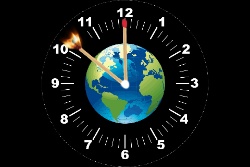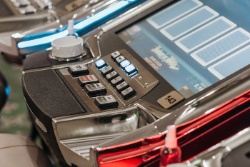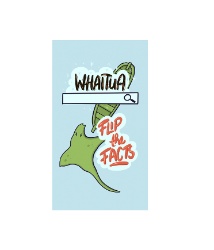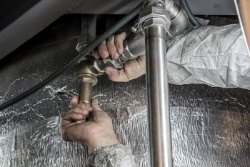Government’s Transport Policies Are Flawed
The government is disingenuous about its road management policies, especially when it comes to pot holes and resurfacing costs. The government brought this about by allowing trucks to become heavier than NZ roads can take and travel faster than it is safe for them to go with the added side effect of causing more road damage.
Vehicles over 3 tonnes pay just 14% of the cost of building and maintaining roads in NZ and do 93% 0f the damage to roads. Since the extra damage has occurred the government has had to add a further $4b for pot holes and resurfacing over three years to fix the problem.
National coordinator for TRAC, Niall Robertson says, “We have the biggest and heaviest trucks in the world and they are driving on the flimsiest roads in the world. This is an astounding fact, especially as KiwiRail are now doing just 9% of the freight task”. Robertson adds, “Rail should be doing between 30 to 40% of the freight task but for some reason, this is not the case”. TRAC chair Guy Wellwood says that KiwiRail are expected to follow a business formula set by treasury, the major shareholder, but Wellwood says, “The formula is not working because it ignores all of the advantages of rail while concentrating on a small fiscal goal which is irrelevant to most New Zealanders”.
Robertson says, “There is too much use of road transport and rail is not utilised enough. This is because there appears to be an endless stream of infrastructure money from road users, taxpayers and ratepayers, but KiwiRail have to justify every penny spent.” Robertson adds, “That’s why roads like SH2 from Gisborne to Napier remain open but the adjacent rail is mothballed”.
Guy Wellwood says that SH2 is really not suitable for the amount of trucks on the road and rail is the best way to move freight in and out of this region, but this is dependent on KiwiRail resources and that they are putting their resources into other busier trunk routes and the Golden Triangle. Wellwood says, ‘This is ridiculous and is why the below wheel infrastructure should not tied to KiwiRail’s fortunes, but to the nation to provide an opportunity for another operator to run trains on this route for the good of the region, for rail customers, for greater road safety, to reduce greenhouse gases, to reduce road pollution, to reduce road maintenance and building costs and to decrease congestion on this difficult highway. Rail also provides sustainability and improves New Zealand’s green credentials which are becoming increasingly important for trade.”
Robertson says that if the connection on the Stratford to Taumarunui line was reopened it would be possible for rail to move up to 2000 tonnes of logs per day from the King Country to Port Taranaki. Robertson adds, “On SH3 between Whanganui and Port Taranaki, there are up to 1000 log trucks per week which pass 5 or 6 schools in New Plymouth city alone on their way to the port. No wonder the roads are falling to pieces”.
Wellwood says, “: KiwiRail need to up their game and start moving some of this tonnage. Why they haven’t is a mystery to me”.
Government policy tends to favour road infrastructure funding over rail, yet rail is the most suitable way to move 30% - 40% of all freight and should be funded accordingly, but due to climate of populist, but flawed thinking this is not happening. Robertson says, “Large parts of the railway have been severely damaged due to neglect and political vandalism with little concern for the communities, businesses, ratepayers and taxpayers that these decisions affect!”


 Science Media Centre: Landmark Climate Change Case This Week – Expert Reaction
Science Media Centre: Landmark Climate Change Case This Week – Expert Reaction Stats NZ: Total Greenhouse Gas Emissions Rise 0.9 Percent In The March 2025 Quarter
Stats NZ: Total Greenhouse Gas Emissions Rise 0.9 Percent In The March 2025 Quarter Commerce Commission: ComCom Finds No Evidence Of Cartel Behaviour In Banks’ Involvement In Net-Zero Banking Alliance
Commerce Commission: ComCom Finds No Evidence Of Cartel Behaviour In Banks’ Involvement In Net-Zero Banking Alliance Hāpai te Hauora: Pātea - A World-First Māori Gambling Harm Digital Platform Launches Across Aotearoa
Hāpai te Hauora: Pātea - A World-First Māori Gambling Harm Digital Platform Launches Across Aotearoa Āti Awa Toa Hauora Iwi Māori Partnership Board: New Whaitua Mapping Tool And Monitoring Our Oranga Framework Places Health Information In Whānau Hands
Āti Awa Toa Hauora Iwi Māori Partnership Board: New Whaitua Mapping Tool And Monitoring Our Oranga Framework Places Health Information In Whānau Hands Hugh Grant: How You Know You Need To Get Your Business's Plumbing Checked
Hugh Grant: How You Know You Need To Get Your Business's Plumbing Checked


